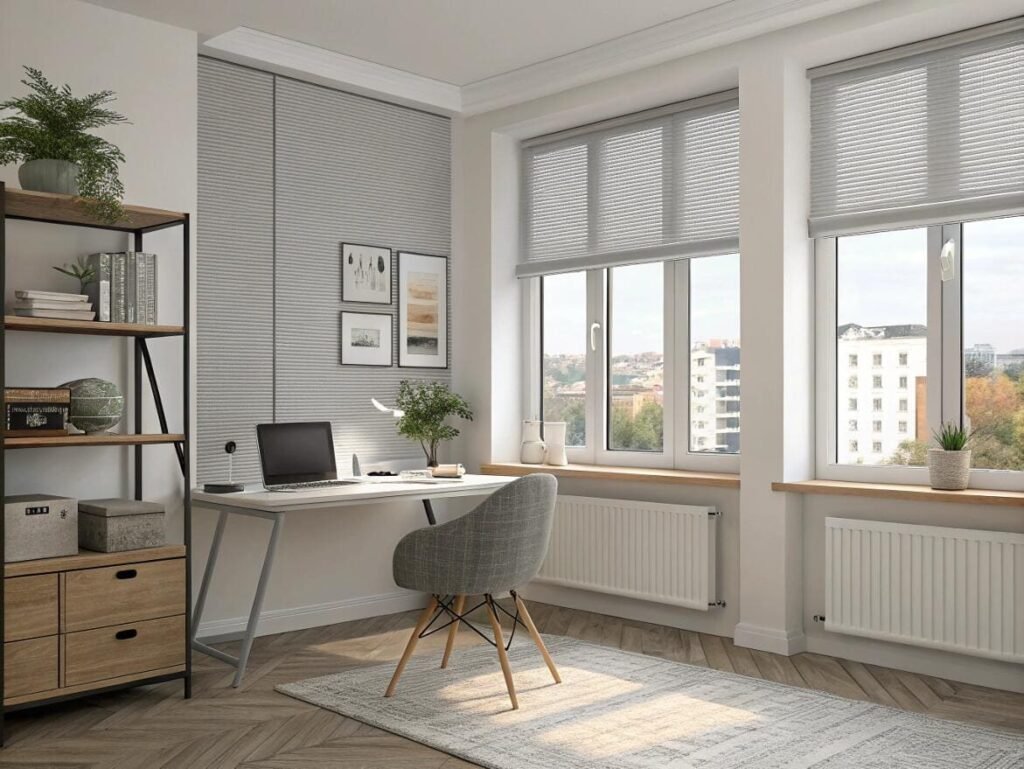Your energy bills keep rising, and you know drafty windows are a major problem. You need a solution that works year-round, but big renovations are too costly and complex.
Cellular (honeycomb) shades[^1] are the most energy-efficient blinds. Their unique air-trapping pockets create a powerful insulating barrier, significantly reducing heat loss in the winter and blocking solar heat gain in the summer, which lowers your heating and cooling costs.
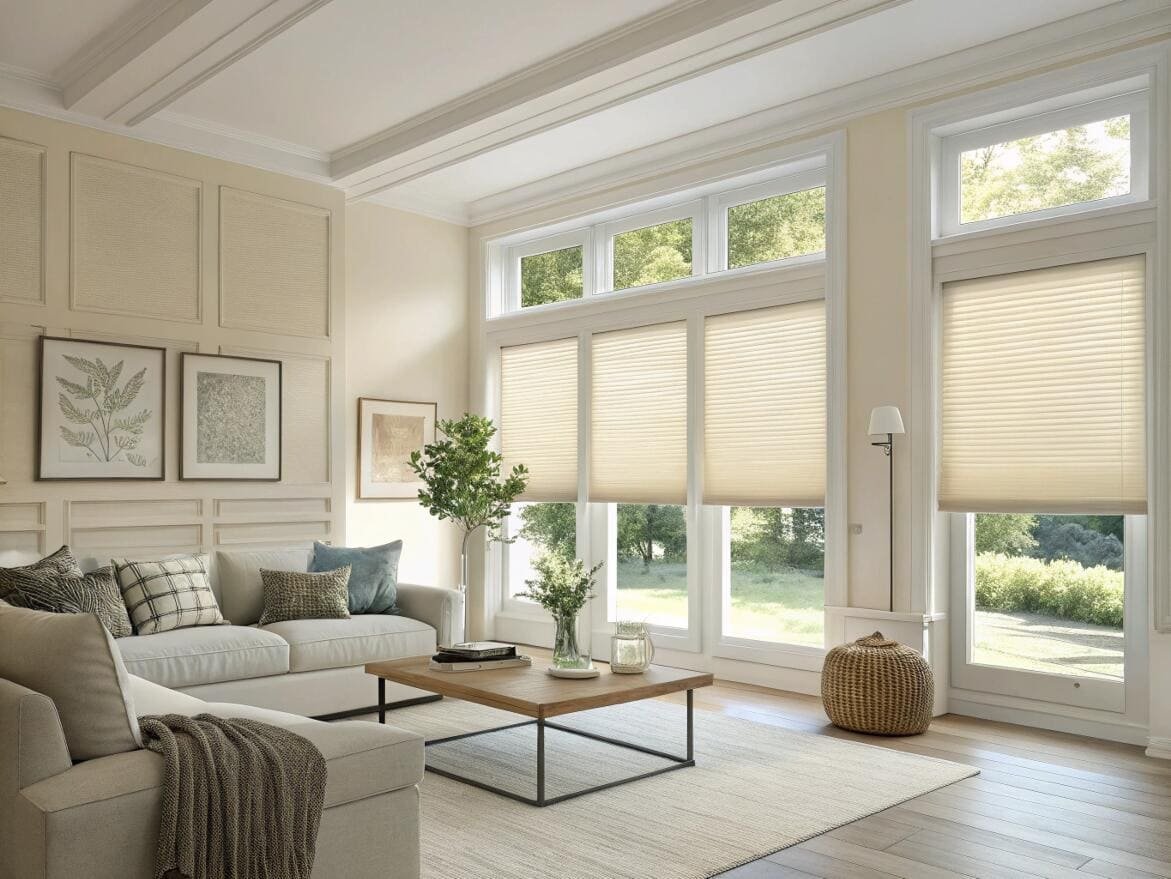
Years ago, my conversations with architects were about color and style. Today, they're about R-values[^2] and building performance. Clients no longer see blinds as just a finishing touch; they see them as a critical part of the building's thermal envelope. They approach the decision with the precision of a building engineer, demanding data and a clear return on investment. This guide is built for that mindset. We'll break down the science of insulating blinds[^3] so you can specify a solution that delivers measurable energy savings and enhances indoor comfort.
What are the most insulating window blinds?
You're looking for the best possible thermal protection. With so many materials available, you need to know which design offers the highest level of insulation against heat and cold.
Cellular, or honeycomb, shades are the most insulating blinds by a significant margin. Double-cell shades, with their two layers of air pockets, offer the highest R-value and are the top choice for projects where maximum energy efficiency is the primary goal.
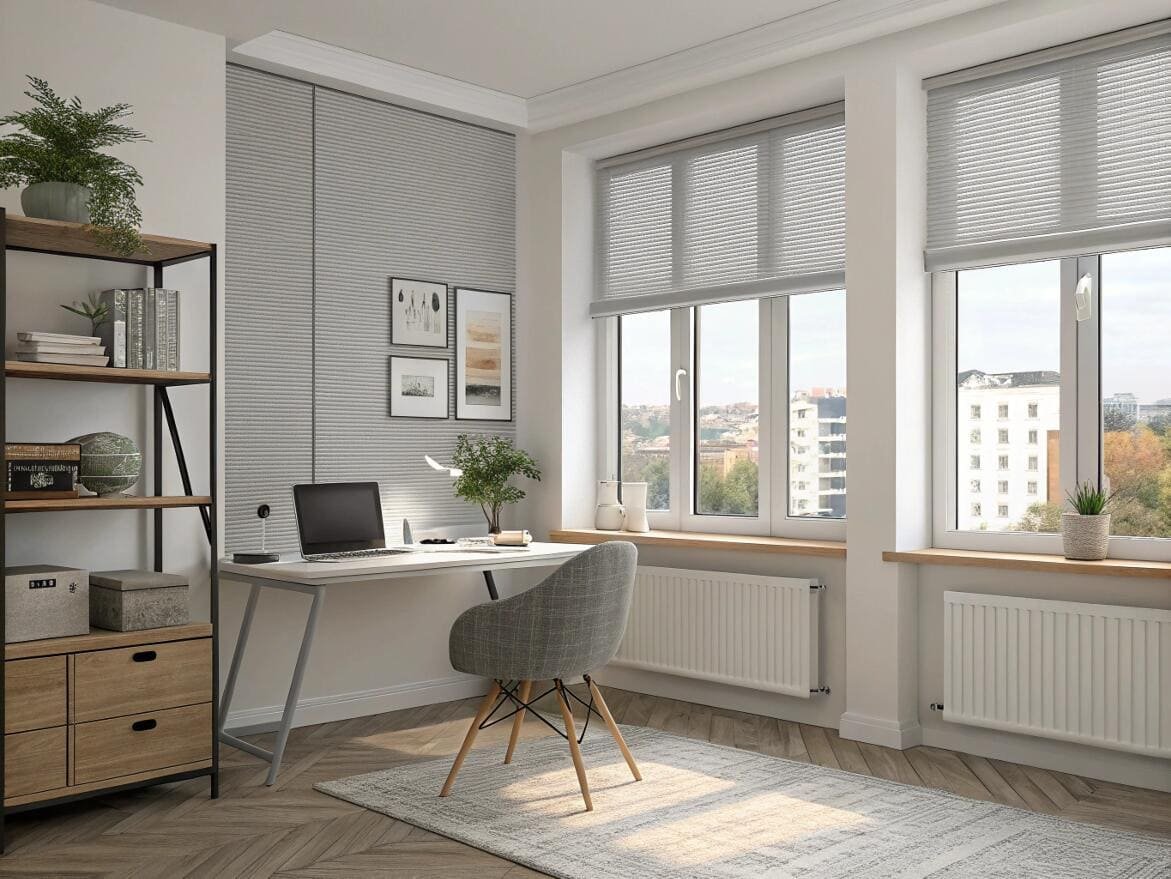
The secret to a cellular shade's performance is its structure. Each hexagonal cell traps a pocket of air. This trapped air acts as a barrier, preventing heat from moving through the window. This is the same principle used in double-pane windows. Single-cell shades offer very good insulation, but double-cell shades take it to the next level by creating two distinct layers of trapped air. This can nearly double the insulating power. When we compare this to traditional blinds, like wood or aluminum, the difference is huge. A standard wood blind has an R-value of around 1. A good single-cell shade can have an R-value of 3.5, and a double-cell shade can exceed 5.0. For keeping a room comfortable and energy bills low, nothing else comes close.
How do you measure a blind's insulation efficiency?
You've heard terms like R-value and U-factor[^4], but you're not sure what they mean. To make a data-driven decision, you need to understand how a blind's thermal performance is actually measured.
A blind's efficiency is measured by its R-value (resistance to heat flow) and U-factor (rate of heat transfer). A higher R-value is better, meaning more insulation. A lower U-factor is better, meaning less heat is lost through the window.
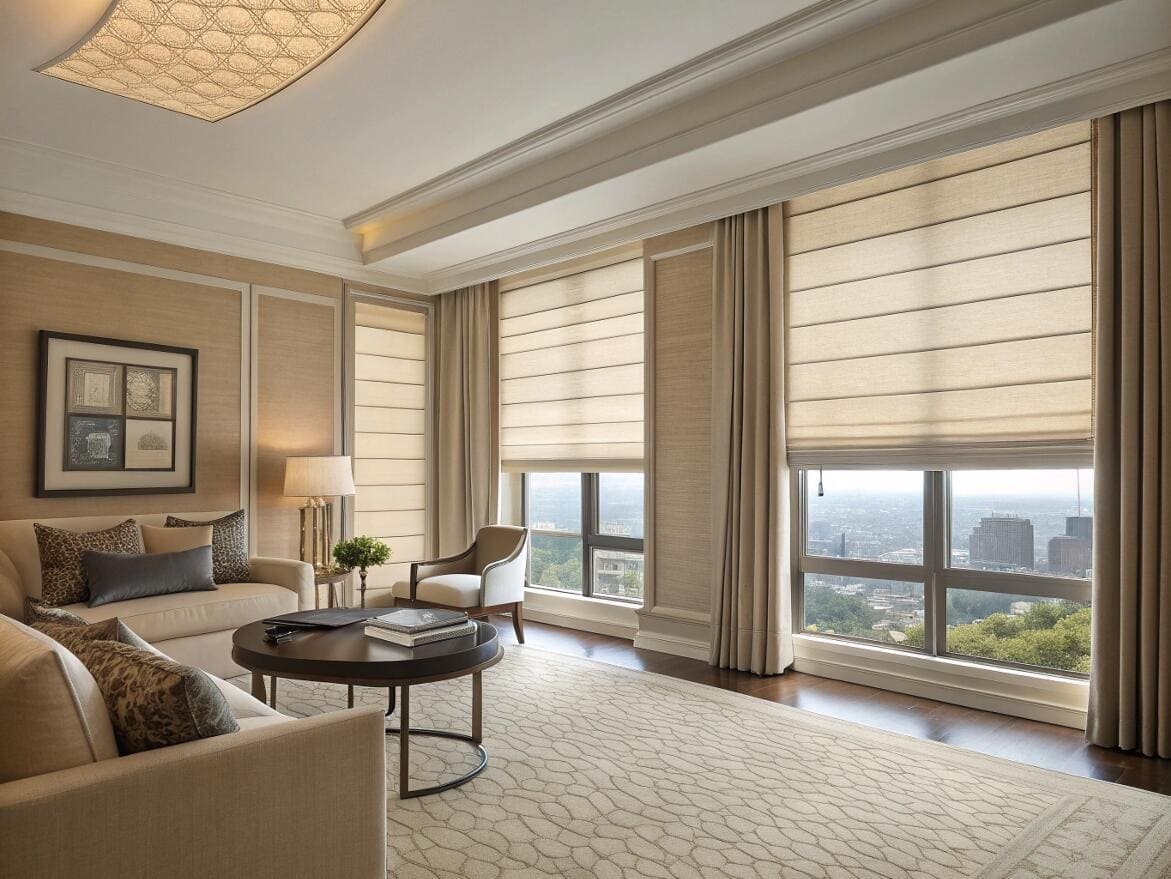
Think of R-value as a wall that blocks heat. The bigger the number, the stronger the wall. A thin roller shade might have an R-value of less than 1. A high-performance double-cell shade can achieve an R-value over 5.0, offering five times the insulation. U-factor is the inverse; it measures how much heat gets through. A low U-factor is what you want. A standard single-pane window has a high U-factor, losing a lot of heat. Adding a cellular shade with a low U-factor drastically reduces that heat loss. When specifying blinds for a project, especially in climates with extreme temperatures, asking for these two numbers is essential. It's the only way to move from guessing about performance to guaranteeing it.
| Performance Metric | What it Means | Goal for Blinds | Good Example |
|---|---|---|---|
| R-Value | Resistance to heat flow. | HIGHER is better | Double-cell shade: R-5.0 |
| U-Factor | Rate of heat transfer. | LOWER is better | Insulated shade: U-0.25 |
| SHGC | Solar Heat Gain Coefficient. | LOWER is better (Summer) | Reflective blind: SHGC-0.20 |
How do you use blinds to keep heat out in summer vs. cold out in winter?
Your climate has both hot summers and cold winters. You need a window treatment that can adapt to provide the right kind of thermal protection for each season.
In winter, keep blinds fully closed at night to trap indoor heat. In summer, keep light-colored blinds closed during the day to reflect sunlight and block solar heat from entering. The strategy shifts from trapping heat to reflecting it.

A high-performance blind is a tool, and you need to use it correctly. In winter, the goal is to maximize insulation. This means keeping cellular shades completely closed, especially at night, to create that sealed pocket of air. This simple action can reduce heat loss through a window by over 40%. During the day, you can open blinds on sun-facing windows to allow passive solar heating. In the summer, the strategy is completely different. The enemy is solar heat gain. A light-colored or reflective blind surface is crucial here. By keeping the blinds closed during the hottest parts of the day, you reflect the sun's energy back outside before it can heat up the room. This can reduce unwanted solar heat gain by up to 80%, taking a significant load off your air conditioning system.
Are energy efficient blinds tax deductible?
High-performance insulating blinds are a significant investment. You're wondering if there are any financial incentives, like tax credits or rebates, that can help offset the initial cost.
Yes, certain highly insulating blinds, particularly specific cellular shades, may qualify for federal energy efficiency tax credits in the U.S. You must check the latest requirements from Energy Star and the IRS, as the specific products and credit amounts can change annually.
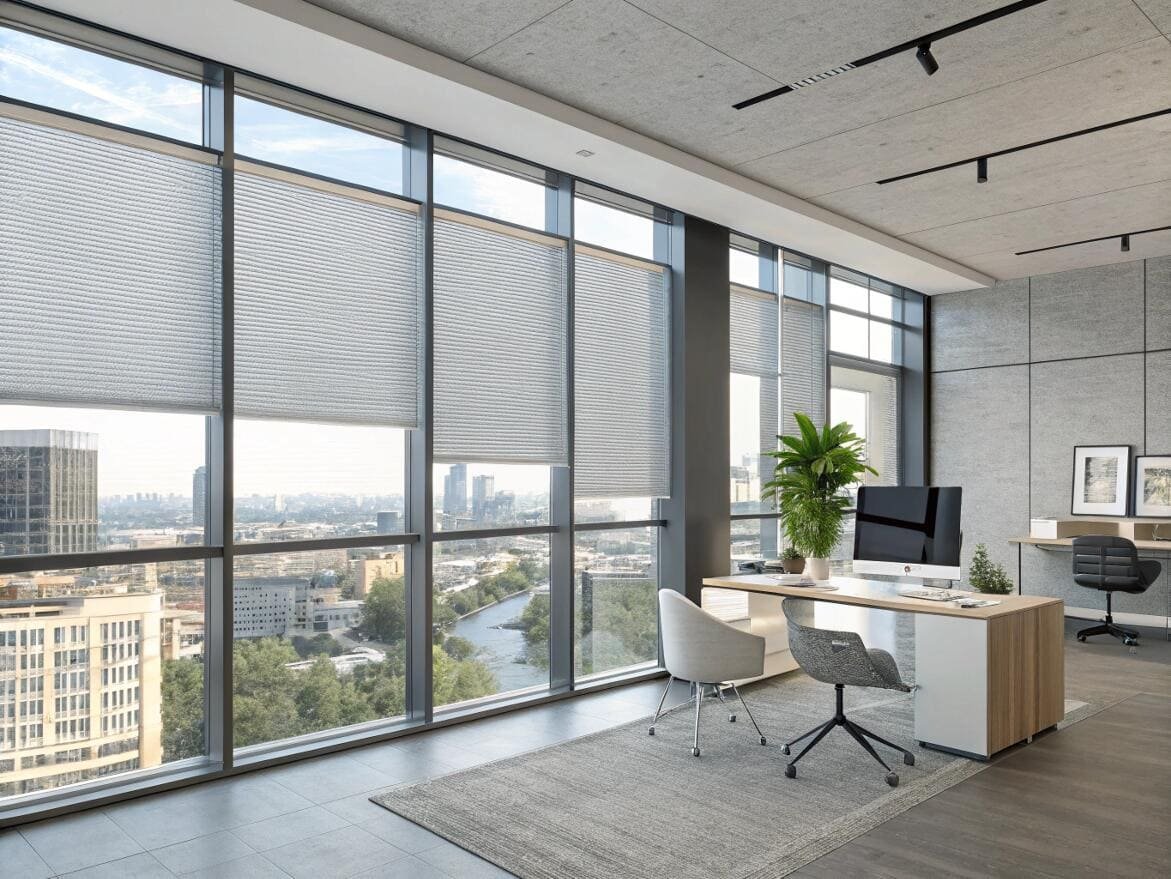
This is a key part of the investment calculation for many of my clients. Governments and utility companies often provide incentives to encourage homeowners and businesses to adopt energy-saving technologies[^5]. In the United States, the federal government has historically offered tax credits for specific home improvements that meet strict energy efficiency criteria. The products that qualify are typically those with the highest insulation ratings, like certain double-cell honeycomb shades. It is crucial to verify that the exact product you're considering is listed as eligible for the current tax year. I always advise my partners to look for products with official certification and provide their clients with the necessary manufacturer's documentation[^6] to claim the credit. It’s a powerful way to reduce the project’s payback period and make the best choice more affordable.
Conclusion
Energy-efficient blinds are a core part of a modern building's thermal system. Choosing data-backed materials like cellular shades provides measurable savings and a rapid return on your initial investment.
---
[^1]: Explore how these shades can significantly reduce your energy bills and improve insulation.
[^2]: Understanding R-values can help you choose the best insulation for your windows.
[^3]: Explore the top options for insulating blinds that can lower your energy costs.
[^4]: Learn how U-factor affects heat transfer and your home's energy efficiency.
[^5]: Stay updated on innovative technologies that can enhance your home's energy efficiency.
[^6]: Learn how proper documentation can help you claim energy efficiency credits.
Partner with VelaBlinds for Your Next Project
Smart window treatments shouldn't be complicated. After working with 500+ distributors and contractors worldwide, I've streamlined the process to get you quality products, competitive pricing, and reliable support - every time.
Why project professionals choose VelaBlinds:
- ✅ Fast, Accurate Quotes - Detailed specs and pricing within 24 hours
- ✅ Transparent Pricing - No hidden fees, volume discounts clearly outlined
- ✅ Quality Assurance - Direct partnerships with certified OEM manufacturers
- ✅ Project Support - Dedicated account manager from quote to delivery
Start your next project:
📧 Quick Quote: Send your requirements to info@velablinds.com
📱 Direct Contact: WhatsApp +86 137 2012 8317
🌐 Browse Solutions: https://velablinds.com/
📁 Product Resources: Access spec sheets, catalogs & project files
Paul Chen, Founder
"I built VelaBlinds to solve the real challenges I faced as a project buyer - long lead times, unclear specs, and unreliable suppliers. Let's discuss how we can power your projects with smarter blinds."
Serving distributors and contractors across North America, Europe, and Australia since 2018.from quote to delivery
Start your next project:
📧 Quick Quote: Send your requirements to info@velablinds.com
📱 Direct Contact: WhatsApp +86 137 2012 8317
🌐 Browse Solutions: https://velablinds.com/
📁 Product Resources: Access spec sheets, catalogs & project files
Paul Chen, Founder
"I built VelaBlinds to solve the real challenges I faced as a project buyer - long lead times, unclear specs, and unreliable suppliers. Let's discuss how we can power your projects with smarter blinds."
Serving distributors and contractors across North America, Europe, and Australia since 2018.

